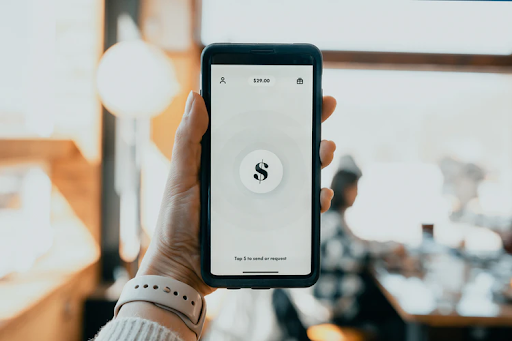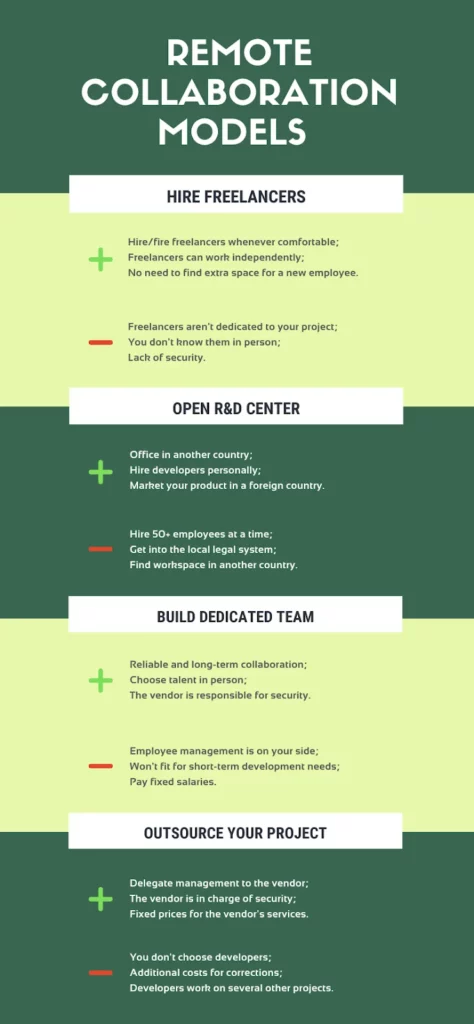Reasons for business app development. A detailed guide by PNN Soft


Mobile apps are the new frontier, so multinational organizations and budding companies want to create business mobile solutions. Not all applications are equally efficient, however. Some of the platforms are engaging and easy to use, whereas others are simply hard to navigate. And here’s the question: which set of elements do you have to integrate into your app to make it stand out? Without further intro, let’s reveal the top seven features — essential parts of modern business applications.
And now we’re about to take a deep dive into business app development: what to do before jumping into the market to prepare your app for a successful release? So if you want to create a reliable solution, keep on reading this post.

Decide on an app concept — Step 1
It’s hard to release a mind-blowing project without an innovative idea. For instance, it’s when your business value is new on the market or your app design is way comfier than other apps’ interfaces. Anyway, define your solution’s zest or think about the catchy features of your future solution.
Do market research — Step 2
Here you can start by analyzing market statistics, checking for information on social media, and exploring Google trends. It is worth researching your industry trends, as it helps to tailor your application to customers’ demands and pains. A narrow niche may give your company a relatively high conversion, while a larger one has higher competition.
Write requirements list — Step 3
Lots of e-commerce apps contain AR features and provide users with a try-before-you-buy option. That is just an example of how top-notch technologies enhance the opportunity of modern applications. Take a look at the newest techs to realize which one will fit your app concept the most. Or you may contact software developers for advice. After that, it’s critical to create the desired features list — be as precise as possible.
Choose a cooperation model — Step 4
Each option has pros and cons, so we’ve made a table to help you evaluate four models of cooperation.

Build an MVP (Minimum Viable Product) — Step 5
MVP is a prototype with the core features set. In other words, it illustrates a solution for solving business issues. After considering the prototype, your IT partners upgrade the system until the app fully meets your requirements. Building MVP is a crucial part of Agile methodology that aims at preventing errors and miscommunication during software development.
Create UX/UI design — Step 6
As we’ve already mentioned, particular characteristics, such as user-centred design, in-app feedback, analytics, and others, increase customer engagement. What is more, the interface needs regular updates because of the fast-changing IT landscape.
Think about monetization strategy — Step 7
Simply put, you have to encourage customers to perform actions that will bring your company profit. So it’s better to calculate the budget in advance: it should also include postrelease marketing and app store optimization costs. Concentrate on engaging a wider audience and enlarging the existing customer base as well.
Test your app and test it again — Step 8
After going through the testing phase, creating a smoothly working and convenient app, it’s time to launch beta testing. It allows businesses to come up with insights into how well their applications perform in the real world. Beta testing is key to implementing test interactions, evaluating a user-friendliness level, and finding bugs.
Maintain the effectiveness of your app — Final step
Finally, consider adding new app features and analyze the performance of the existing ones. Don’t forget about the regular debugging part to let your application operate smoothly. Other highlights of this phase are supporting the app infrastructure and keeping your solution bulletproof and safe.

We’ve prepared a short overview of critical KPIs that assist in measuring app success:
All these metrics are indispensable for better understanding your clients’ expectations and improving brand awareness. Keep tracking them, and efforts will multiply in the long run.

PNN Soft has been delivering programming products for 20 years, and we hone our skills to put our ideas into reliable solutions. We implemented numerous projects, including mobile application development. In these processes, we aim to pay special attention to security.
We focus on achieving an in-depth understanding of an individual company’s goals, requirements, and suggestions. That is why our clients prefer long-term cooperation.
PNN Soft implements Agile, Scrum, and RAD methodologies to interact with clients effectively, meet customers’ expectations, and obtain more flexibility. Our teams of Agile experts include software developers, GUI designers, testers, technical writers, and managers.
If you’re thinking about creating a mobile app for business, contact us by filling in the form below.